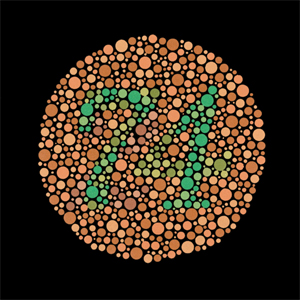Worldwide Approach to Making Aviation Medicals Easier
November 2018 - Many Americans ask us whether BasicMed works in Canada. The simple answer is no, just as there are several other local rules that do not apply in other countries. An American pilot cannot fly into Canada with just BasicMed. At a recent IAOPA meeting in Montreal, a resolution was passed to try to rationalise and simplify medical certification for the vast majority of GA pilots who may find renewing the medical as one more reason just to give up on flying. This is the text of the actual resolution.
IAOPA Affiliate States are to be encouraged to adopt, implement, and recognize alternative medical standards that apply to private pilots meet the above objectives and to do so on a bilateral and multilateral basis. In collaboration with the Affiliate States, prepare a formal report for submission to the ICAO Secretariat for inclusion on the agenda of the ICAO Medical Panel that recommends the development and implementation of a global alternative standard of medical requirements for private pilots. Such alternative standard shall be risk and data based, cost-effective, and promote safety and growth of general aviation and shall further contain a pilot educational component that covers high risk conditions and altitude physiologies and makes appropriate provision for general practitioner resource materials. Provide IAOPA Affiliate States a summary of the standards and certification requirements applicable to private pilots on a country by country basis, including a description of any modernized, risk-based, medical fitness requirements in place, and which, in the judgment of the Affiliate, are considered less costly, less burdensome and in the best interests of both safety and the growth of general aviation. IAOPA Affiliates will provide such collaborative assistance and resources as are necessary to support the IAOPA Secretary General in carrying out the instructions of this Resolution.
Another issue for Canadian pilots is that it is virtually impossible to renew your medical if you happen to spend a significant amount of time in the United States, unless you plan to be in Canada at the time your medical is due for renewal. A quick check of Transport Canada’s website shows only 11 aviation medical examiners in the United States approved to sign off a Canadian pilot’s medical. Obviously, there are more doctors in the United States who have the competency to carry out the medical so maybe it’s a logistical issue. One thought I had, based on nothing more than my own experience, is that the colour blindness test could mean the AME has to have the official Transport Canada colour blindness charts. It turns out that most AMEs in the United States use the same charts — Ishihara and American Optical. This led to two ideas. First, shouldn’t it be only necessary to do the colour blindness test once? It’s not as if someone develops colour blindness as an adult very often since it’s an inherited X chromosome deficiency. Second, isn’t the colour blindness test a historical artifact anyway? We were all taught that colour signals from the ground could be used in the event of a communications failure, but it would be great to hear from any of our 6,000-plus readers who have ever used this.

Getting back to the IAOPA resolution, the proposal for a risk-based approach could do well to consider how many accidents had actually occurred due to colour perception difficulties, high blood pressure, or many of the other medical conditions tested for. After all, if you’re deemed medically fit to risk your life and the lives of your passengers while driving a car, shouldn’t that be enough evidence? According to a recent 2012 IAOPA spreadsheet of pilots per country, only Germany (81,346) and the United States (616,025) have more pilots than Canada (61,485), despite our relatively low population. Shouldn’t that give us a strong presence at the table?
Australia has approved a simplified medical, with limitations like only carrying one passenger, and Europe has approved signoff by a general practitioner for the light aircraft pilot licence for single-engine aircraft up to 2,000 kilograms. With the U.S. BasicMed rules you can fly an aircraft of less than 6,000 pounds MTOW up to 18,000 feet with up to six souls on board. That would probably cover most of us.
Of course, Transport Canada could just adopt BasicMed! It would make life much easier for cross-border travel in both directions.
